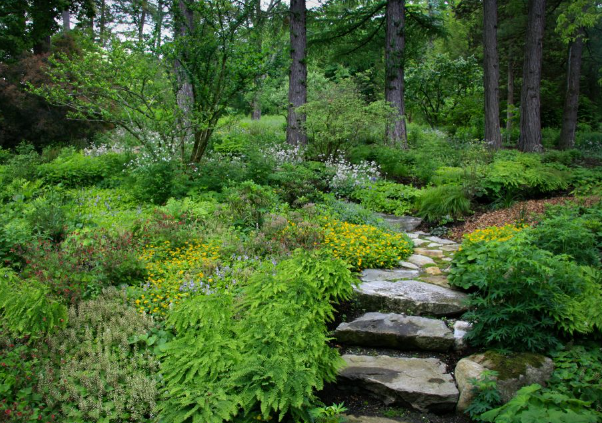Ecological landscape architecture is gaining traction as we seek sustainable solutions to environmental challenges. By integrating natural systems into landscape design, this approach not only enhances aesthetic appeal but also promotes biodiversity and reduces ecological footprints. Exploring its principles and practices reveals how we can create landscapes that work in harmony with nature.
The Principles of Ecological Landscape Architecture
At its core, ecological landscape architecture emphasizes the balance between human needs and environmental health. This design philosophy encourages the use of native plants, minimizing water consumption and maintaining local ecosystems. By understanding and valuing the natural characteristics of a site, designers can reduce maintenance costs and enhance resilience against climate changes. Implementing methods such as rain gardens, permeable pavements, and green roofs allows for better water management and improves air quality, significantly contributing to a healthier environment.
Benefits of Biodiversity in Landscape Design
Incorporating biodiversity into landscape projects enhances resilience and ecological stability. Diverse plantings attract various pollinators, birds, and beneficial insects, fostering thriving ecosystems. This approach also reduces the risk of pests and diseases, creating environments that are less reliant on chemical interventions. Additionally, richly diverse landscapes can offer aesthetic variety and year-round interest, transforming spaces into vibrant, engaging environments that serve both people and wildlife. Ultimately, promoting biodiversity is not only beneficial for nature but enriches our personal experiences within these landscapes.
Sustainable Practices and Technology
The implementation of sustainable practices and innovative technologies plays a critical role in ecological landscape architecture. Techniques such as xeriscaping—designing landscapes that require minimal irrigation—can drastically reduce water use, while composting and organic gardening practices rejuvenate soil health. Additionally, leveraging technology like GIS (Geographic Information Systems) and drone surveys allows landscape architects to plan more effectively, ensuring that their designs are finely tuned to local conditions. As a result, these advancements not only enhance effectiveness but also make ecological landscape architecture more accessible and practical for various settings, from urban to rural.
In conclusion, ecological landscape architecture presents an exciting path toward creating more sustainable, beautiful, and functional outdoor spaces. By embracing principles that prioritize biodiversity and integrating innovative practices and technologies, we can make significant strides in preserving the environment while enhancing our quality of life. If you’re interested in this field, consider further exploring local initiatives or seeking ways to implement sustainable practices in your own outdoor spaces!

